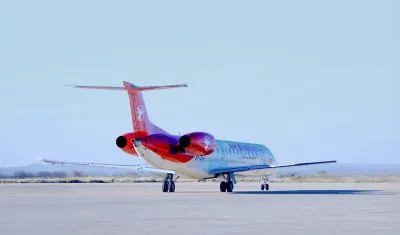Global expansion of rich
Globally, HNWI ranks expanded by nearly 2m individuals in 2013, marking a 15% growth rate and the second-largest increase since 2000.
North America and Asia-Pacific continued to lead the way, with Japan’s HNWI population witnessing significant growth. HNWI wealth grew by almost 14% to reach a second consecutive record high of $52.62 trillion in 2013, building on a strong five-year trend.
Over the past five years, HNWI wealth globally increased by nearly $20 trillion, $2 trillion more than the total HNWI wealth currently in Asia-Pacific, the Middle East, and Africa combined. HNWI wealth is expected to reach another record of $64.3 trillion by 2016, representing 22% growth over 2013 and almost $12 trillion in new HNWI wealth.
Growth is expected to be driven by robust expansion in most regions, though Asia-Pacific will lead the way with 9.8% CAGR (compound annual growth rate). As forecast in the 2013 World Wealth Report, Asia-Pacific is still expected to have the largest HNWI.
Although not matching the expansion of HNWI in South Africa, there has been an expansion of millionaires in the rest of Africa with Kenya ranking third after South Africa and Egypt.
In South Africa, consulting organisation Research and Markets records eight billionaires in South Africa, 164 centi-millionaires (more than $100m) and 409 affluent millionaires. Just under a thousand multi-millionaires live in Johannesburg, 380 in Cape Town, 115 in Durban and 105 in Pretoria.
It adds that “in the next forecast period, the number of South Africa’s HNWIs is forecast to grow by 28%, to reach over 62,400 in 2017”.
The difference between wealth and income
To the lay mind, wealth and income often mean more or less the same thing. For economists, the terms are distinct,” says the introduction to the NWW survey.
“Wealth is the sum of all your assets less your liabilities and is a stock concept. Income is a flow and refers to what you receive in a given period, say a year. They are related, because income less consumption is an addition to wealth and wealth creates an entitlement to income in the form of interest, dividends, property rentals and the like, which form a component of income, alongside earnings and transfers (such as social grants).”
NWW reports that “These individuals have a combined wealth of $200bn – up 14% from $168bn in 2007 – and account for 31% of the country’s total individual wealth of $650bn. With South Africa’s population sitting just under 51.2m (2012), this means that 0.1% of the population owns approximately 31% of the country’s total individual wealth. Growth in the wealth of HNWIs is linked to a number of factors – including the country’s GDP, the local real estate market and the local equity market.”
NWW goes on to say that 7,800 of South Africa’s HNWIs are from previously disadvantaged groups, which equates to 16% of South Africa’s total HNWI population.
The report also showed that a majority of South Africa’s HWNIs (23,400 – or 48%) live in Johannesburg, followed by Cape Town (9,000) and Durban (2,700).
Over the four year forecast period, the number of South Africa’s HNWIs is expected to grow by 28%, to reach over 62,400 in 2017.
HNWI wealth will see a larger percentage increase, growing by 30% to reach $259bn in 2017, New World Wealth says.
Want to continue reading? Subscribe today.
You've read all your free articles for this month! Subscribe now to enjoy full access to our content.
Digital Monthly
£8.00 / month
Receive full unlimited access to our articles, opinions, podcasts and more.
Digital Yearly
£70.00 / year
Our best value offer - save £26 and gain access to all of our digital content for an entire year!

 Sign in with Google
Sign in with Google 





